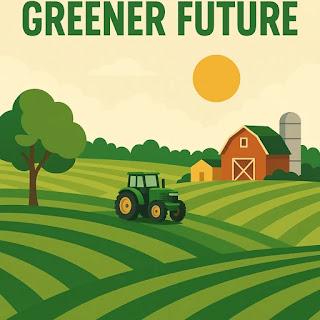Harvests of Time: The Age-Old Art of Agriculture

Before machines roared across fields and satellites hovered over crops, there was the quiet, sacred rhythm of human hands working with nature. For thousands of years, agriculture has been the heartbeat of civilizations—nurturing life, shaping culture, and feeding generations. "Harvests of Time: The Age-Old Art of Agriculture" is a tribute to the wisdom, patience, and timeless beauty of traditional farming. The Origins of Cultivation The story of agriculture began over 10,000 years ago when humans transitioned from hunter-gatherers to settlers. They learned to till the soil, save seeds, and harness the power of nature . Early farming wasn't just about survival—it was a spiritual practice tied to seasons, rain, sun, and earth. Crops like wheat in Mesopotamia, rice in the Indus Valley, maize in the Americas, and millet in Africa were more than food—they were symbols of identity and tradition. Tools of the Ancients Traditional farmers used simple, ingenious tools: Th...





.png)





